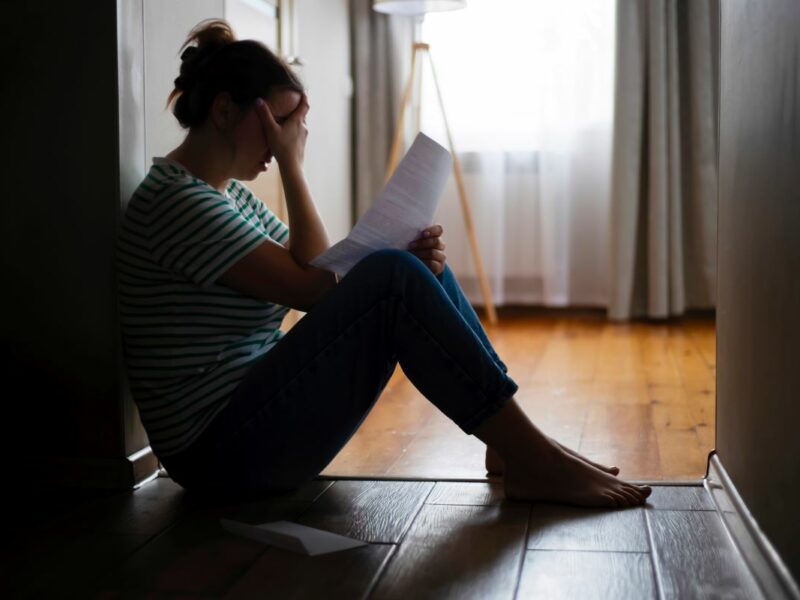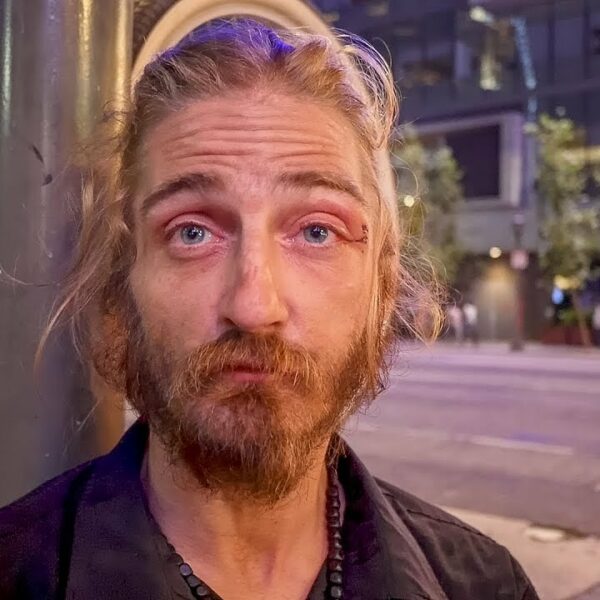City Leaders Aim Hateful Speech at Vulnerable Homeless Populations That Results in Increased Homeless Deaths
*Trigger Warning: The following article contains graphic depictions of real-life acts of violence committed against homeless people, some of which have led to horrific deaths.
Violence against homeless people has reached record-breaking proportions. And is it any wonder? With city leaders like Mayor Eric Adams using their platforms to claim the subways are “unsafe” due to the presence of unsheltered individuals, who needs enemies?
Today, we’ll be examining that thin line between hateful speech and harmful actions that all too often gets crossed by people in positions of power.
Our first stop is none other than New York, the city where Mayor Adams presides. Here, you will find no shortage of crimes being committed against unsheltered homeless people, ranging from rape to robbery to ruthless, chilling acts of murder.
As harmful rhetoric against our unhoused neighbors makes its way into the mainstream, vigilante-style criminals take matters into their own hands. The price of this is innocent lives.
Violence and Homicides Spike in the Big Apple’s Homeless Community
In the far-flung corners of New York City, in the hours leading up to the dawn, a 38-year-old Hispanic male lay sleeping, his face pressed against the pavement on the corner of King Street. One can only fathom what he might have been thinking just before he finally succumbed to exhaustion, how let down by all of society he might have felt, how broken, destitute, and alone.
Somehow, the man closed his eyes and attempted some semblance of sleep. And as he rested there in that vulnerable state, a killer came out from the shadows. Shots fired, striking the sleeping homeless man in the forearm, sending painful signals to his brain that ultimately woke him up.
“What are you doing?” the homeless victim screamed when he realized he had been shot.
And because the homeless man awakened, the assailant, later identified as Gerald Brevard III, retreated, only to strike again in the same city on a different night. Brevard’s next victim was not so lucky. He was shot to death in his sleeping bag.
Heinous acts against homeless people are not just common. They are also encouraged. The shooter in the aforementioned story shot five homeless people in just nine days.
Authorities claim that members of the homeless population are subjected to violence because they are considered easy targets for robbers, gang members, and even serial killers. While that is undoubtedly true, there’s something to be said for city leaders painting undesirable narratives for personal and political gain.
While a few off-the-cuff comments seem harmless enough, when a negative and erroneous narrative is drilled into the minds of the general public, it encourages a kind of vigilante-style response. The next thing you know, lives are lost, and the moral obligation to intervene dissipates.
Harmful Rhetoric is a Subtle but Detrimental Tactic of Dehumanization
If you’ve ever looked at the desolate state our unhoused neighbors are forced to endure and asked yourself how this could happen before the eyes of an ever-watching world, the answer is simple – dehumanization.
This shifty tactic is relentlessly applied by politicians and then reinforced by mainstream media to normalize the inhumane and ostracize the oppressed. Here’s how it works:
They take a group of the population and apply blanket reprehensible traits to them, making their tragic circumstances appear to result from their flaws.
Perhaps the most notorious or well-known examples of dehumanization are found in Nazi propaganda as well as writings published during the Transatlantic slave trade, two instances where words were used to justify horrific acts committed against racial and religious minorities.
Examples of dehumanization involve the use of a derogatory term to describe an entire marginalized group, followed by narratives that describe people as animals and insects, and finally, using those subliminal descriptions to imply that people from this group are:
- Dangerous
- Immoral
- Lazy
- Deficient
- Ultimately unworthy of attention or sympathy even when they are visibly oppressed or suffering
The Toll for Harmful Rhetoric is Surging Homeless Deaths
Words are merely actions spoken by the tongue, waiting to follow through on the limbs.
When harsh sentiments go from individual thoughts to crowd mentalities, the result is mass-scale oppression, often to the detriment of a specific and easily identifiable group, in this case, members of the homeless population. When those harmful sentiments incite savage crowds or entice misguided individuals seeking to take matters into their own hands, the result is often violence against the identified oppressed group.
Today, we spoke with Senior Policy Director at the National Homelessness Law Center, Eric Tars, to see if there might be a correlation between this harmful rhetoric and the recent surge in homeless deaths. His response was a resounding yes.
“Oh, absolutely, there’s a correlation!” Tars exclaimed. “We called this out long before incidents like Jordan Neely happened. And many more incidents like those are happening every day but don’t get the same amount of coverage.”
“We called attention to the fact that Mayor Adams was using this dehumanizing and provocative rhetoric and aligning himself with folks who are actively trying to create the conditions whereby people can be rounded up, put into camps, arrested, and forced to endure various forms of state-sanctioned violence, as well as tacitly permitting individuals to use vigilante forms of violence against people experiencing homelessness,” Tars continued. “Other influential leaders, like former President Donald Trump, are committing the same egregious offense.”
We are witnessing an overwhelming push to criminalize the homeless population. We face the prospect of a future where placing poor people in state-sanctioned camps that are eerily similar to concentration camps is profitable for the elites. Now is a pivotal time for policy changes.
Urge Your Legislators to Make Housing a Human Right Now
When will the cycle of brutality end? Perhaps when new voices speak up. Every day of your silence is equivalent to 20 new homeless deaths in the US alone, many of which are violent and dehumanizing. Please talk to your local legislators about making housing a human right, right now.












